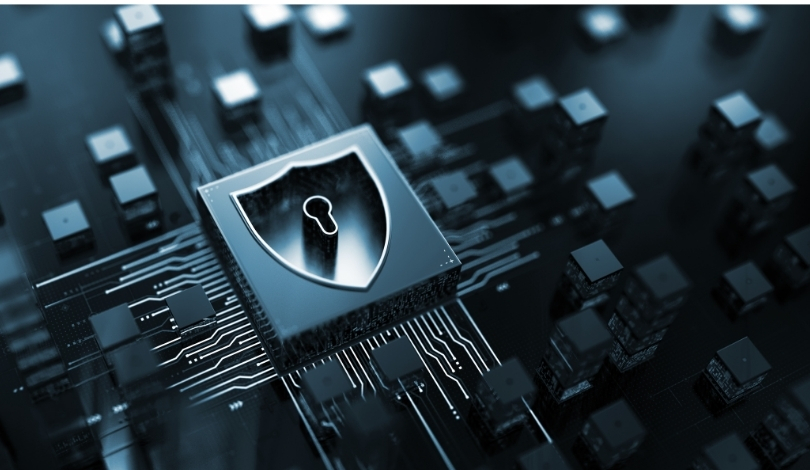Addressing the growing concerns over device security, the White House has launched the U.S. Cyber Trust Mark. This initiative aims to provide consumers with a reliable indicator of cybersecurity in their everyday gadgets. By implementing this label, the government seeks to foster a safer digital environment for households increasingly reliant on smart technology.
In previous efforts to enhance consumer protection, similar initiatives have struggled to gain widespread adoption. Unlike past programs, the Cyber Trust Mark benefits from bipartisan support and clear guidelines established by the Federal Communications Commission. This strong foundation may increase its effectiveness and acceptance among both manufacturers and consumers.
What is the Purpose of the Cyber Trust Mark?
The Cyber Trust Mark is designed to provide clear security evaluations for products, helping users make informed decisions about the devices they purchase. By certifying products, the mark aims to assure consumers that their private information and communications are safeguarded against cyber threats.
Which Companies Are Involved in the Initiative?
Major electronics and consumer product manufacturers, including Best Buy and Amazon, are participating in the program. In December 2024, the FCC provisionally accredited 11 companies as Cybersecurity Label Administrators, with UL Solutions designated as the lead administrator.
How Will the Program Expand in the Future?
Initially focused on consumer products, the Cyber Trust Mark will later include enterprise devices such as SOHO routers and smart meters. This expansion aims to create a more secure environment for businesses and organizations by covering a broader range of digital equipment.
The Cyber Trust Mark mirrors the success of the EnergyStar label by motivating manufacturers to meet strict security standards and guiding consumers toward safer products. As the program rolls out in 2025, it is expected to become a key factor in purchasing decisions, enhancing overall cybersecurity across various device categories.
“Consumers don’t have the confidence that they can connect a device at home and know that their private pictures and communications will be secure,”
Anne Neuberger, the White House’s deputy national security adviser for cyber and emerging technology, emphasized the importance of the program.
Efficient implementation of the Cyber Trust Mark will require ongoing collaboration between government agencies, industry leaders, and cybersecurity experts. Ensuring that the label remains up-to-date with evolving threats will be crucial for maintaining consumer trust and adapting to new technological advancements.
The Cyber Trust Mark serves as a bridge between consumer demand for security and manufacturers’ need to adhere to stringent cybersecurity protocols. By providing a standardized label, the initiative empowers consumers to prioritize safety in their purchasing decisions, while encouraging companies to continually improve their product security features.










